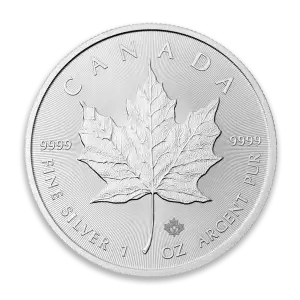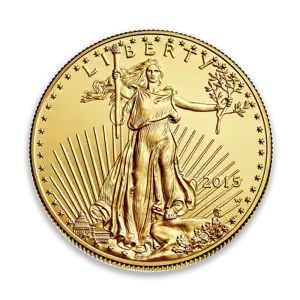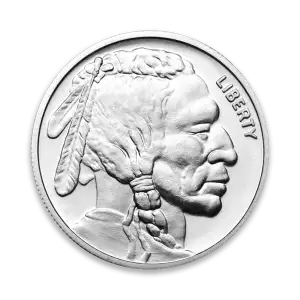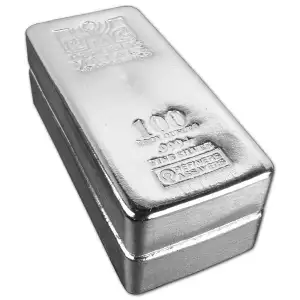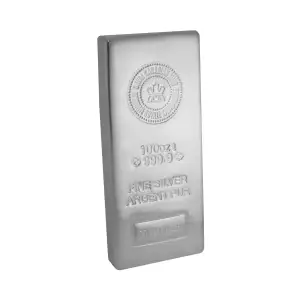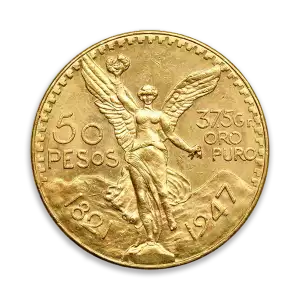Russia’s Stance on the U.S. Dollar
A. De-Dollarization Strategy
Russia has been actively reducing its exposure to the U.S. dollar since 2014, following Western sanctions over the annexation of Crimea. The Russian government has diversified its reserves, shifting away from U.S. Treasury bonds and increasing holdings in gold, euros, and Chinese yuan. Trade agreements with China, India, and BRICS nations now prioritize settlements in local currencies rather than the U.S. dollar.
B. U.S. Sanctions and Dollar Risk
The 2014 sanctions froze Russian assets in U.S. financial institutions and restricted access to global dollar-based payment systems. 2022 sanctions (after the invasion of Ukraine) severely limited Russia’s access to the SWIFT banking system, making dollar transactions difficult. These restrictions reinforced Russia’s belief that the dollar is a geopolitical weapon and an unreliable reserve currency for sanctioned nations.
C. Shift Away from U.S. Treasury Holdings
Russia sold off nearly all of its U.S. Treasury bonds between 2018 and 2020, once holding over $100 billion in U.S. debt, now reduced to near zero. The Russian central bank converted much of its reserves into gold and non-dollar assets, seeking financial stability outside of U.S. influence.
2. Russia’s Growing Reliance on Gold
A. Gold as a Safe-Haven Asset
Russia sees gold as a trustworthy store of value that cannot be frozen or sanctioned by Western powers. The Russian Central Bank (CBR) aggressively increased gold reserves, surpassing 2,300 metric tons, making it the 5th largest holder of gold globally. Russia’s gold reserves now account for a significant share of total foreign reserves, reducing dependence on fiat currencies like the dollar or euro.
B. Domestic Gold Market Strengthening
After being banned from selling gold to Western markets in 2022, Russia redirected gold trade to China, India, and Middle Eastern nations. The Moscow Exchange launched a domestic gold standard to promote internal gold trading and reduce reliance on international pricing mechanisms.
C. Use of Gold for International Settlements
Due to sanctions, Russia has explored using gold-backed financial systems and barter trade with allies to bypass dollar-based transactions. The BRICS nations (Brazil, Russia, India, China, South Africa) have discussed a gold-backed trading system to settle international payments outside of the dollar framework.
3. How Russia Balances Gold and Alternativ2 Currencies
A. China’s Yuan as a Dollar Alternative
With limited access to dollar-based trade, Russia increased its use of the Chinese yuan for oil, gas, and commodity exports. By 2023, over 30% of Russia’s foreign trade was settled in yuan or rubles, up from less than 5% before sanctions. Russia and China have deepened currency swap agreements, reducing exposure to Western financial institutions.
B. Ruble-Gold Connection
In March 2022, Russia temporarily pegged the ruble to gold, offering 5,000 rubles per gram of gold to stabilize the currency after initial sanctions caused a sharp decline. This move boosted confidence in the ruble and supported its recovery, reinforcing Russia’s belief in gold-backed financial stability.
4. Implications for Global Markets an2 Investors
A. Russia’s Influence on Gold Prices
Russia’s gold accumulation strategy adds buying pressure to global markets, increasing demand for physical gold. With Russia now exporting gold primarily to non-Western markets, China and India have become key players in shaping gold prices.
B. Challenge to the Dollar’s Dominance?
While Russia has reduced its dollar dependence, global de-dollarization remains slow as most countries still hold large U.S. dollar reserves. However, Russia’s partnerships with China, India, and BRICS nations signal a long-term shift toward multi-currency trade and reserve diversification.
C. Increased Gold Reserves as a Hedge
Investors watching Russia, China, and central bank gold purchases recognize a broader global trend toward gold as a hedge against fiat currency risks. Gold’s appeal has increased in response to economic uncertainties, inflation concerns, and geopolitical instability.
Conclusion: Russia’s Strategic Bet on Gol2 Over the U.S. Dollar
Russia views the U.S. dollar as a geopolitical tool that poses a risk to its economic stability. The aggressive accumulation of gold reserves is part of a broader strategy to reduce Western financial influence and protect national wealth. While Russia cannot fully escape the global dollar system, it has successfully shifted toward gold, yuan, and alternative financial networks to strengthen economic sovereignty. For investors, Russia’s gold strategy reinforces gold’s role as a hedge against fiat instability, and ongoing de-dollarization trends may further influence global currency markets in the coming years.

